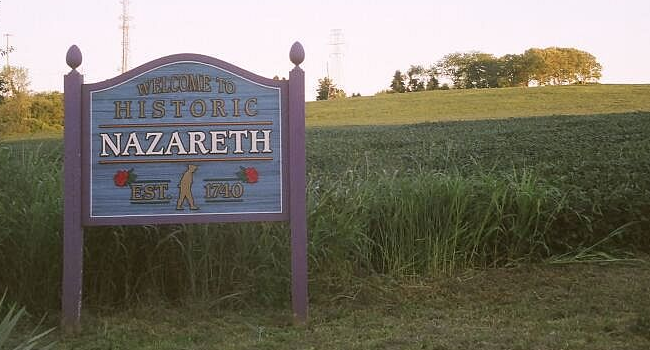Originally published in 2006.
I found this history of the Keystone Cement Company in “Doorways and Dormers”, the 1937 Bath Bicentennial book. I hope my friends over at Keystone read this column.
The Keystone Cement Company was incorporated as a Pennsylvania corporation in 1926. Shortly thereafter they purchased practically 500 acres of land partly situated in the Borough of Bath and partly just south thereof. These properties were purchased from Daniel and Henry Steckel, Josiah Dech, Frank Edelman, James Rugo, Lewis Siegfried, Mike Strongofsky and John Temos.
The plant itself is principally located at the Steckel farm, the quarry on the Dech farm. The quarry rock or raw material as required for the manufacture of Keystone Portland cement belongs to the Jacksonburg formation, better known as Lehigh Valley Cement Rock, which is acknowledged to be the best material available for the manufacture of Portland cement.
The construction of the plant started shortly after the company was incorporated and the first unit consisting of one kiln was placed in operation on July 21, 1928. The second kiln of the first unit was placed in operation on August 2, 1928.
Due to modern up-to-date machinery and the wet process of blending being employed, Keystone Cement found immediate favor with dealers and contractors, as a Portland cement having exceptional strength qualities.
Two additional kilns were placed in operation in 1929. The combining of these units meant a four-kiln plant having a yearly capacity of 2,225,000 barrels of cement.
A special high-early-strength was manufactured under the trade name of Velroca, which is Spanish for quick rock. This cement was sold to New York City for the Tri-Borough Bridge.
Since its organization in 1928, Keystone remains only one of five Lehigh Valley cement plants. The company is the largest employer in the Northampton Area School District.









